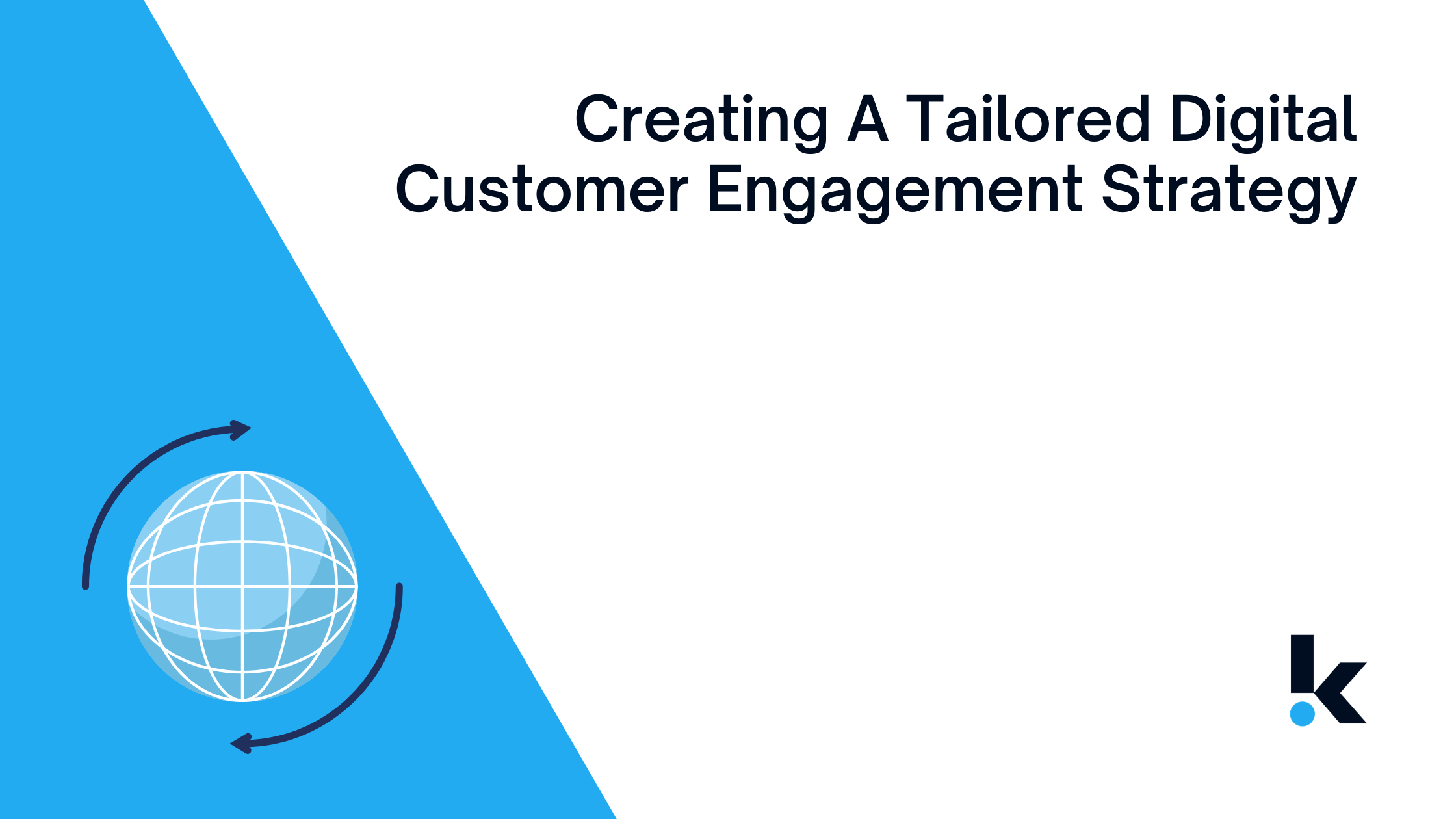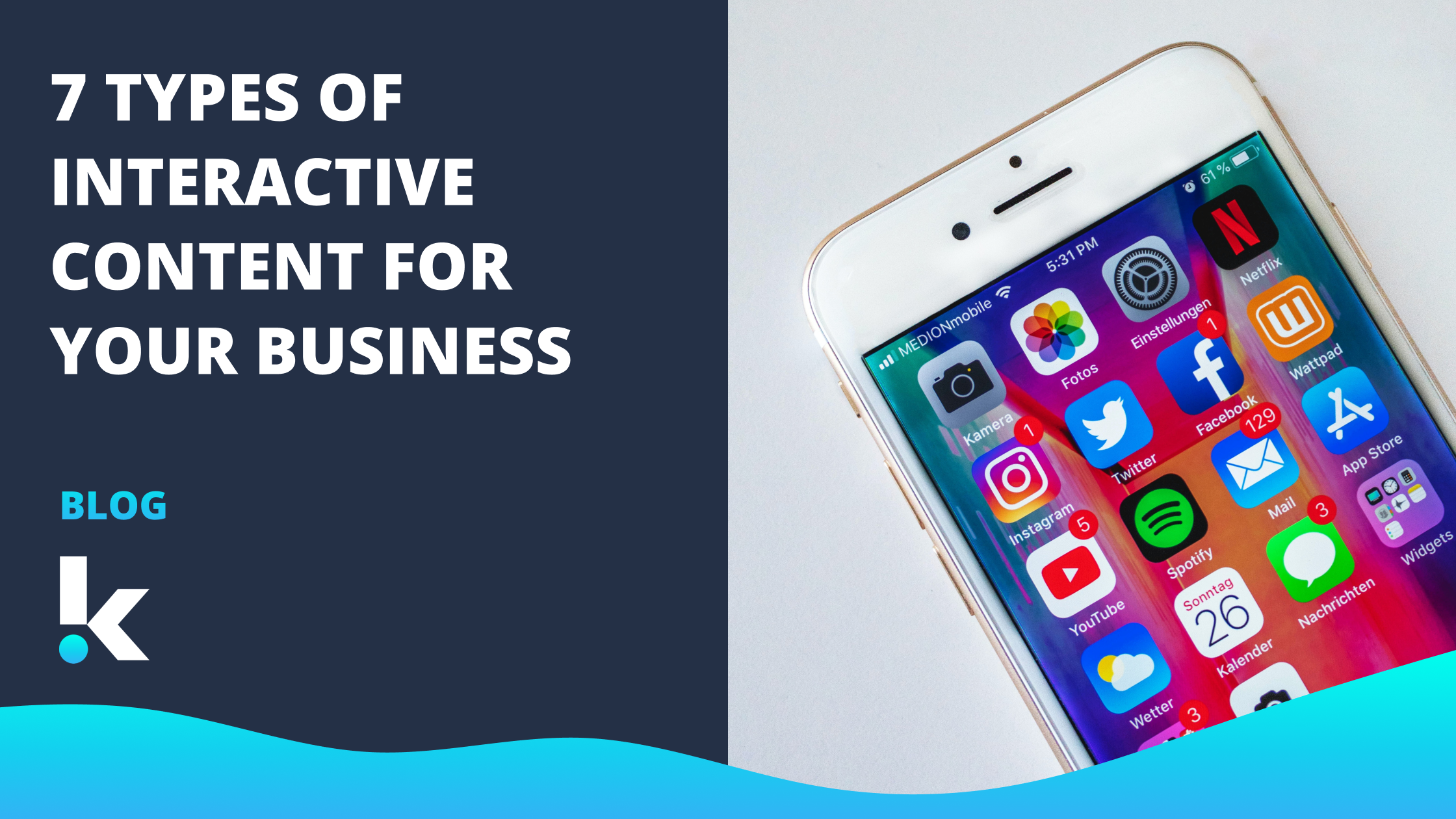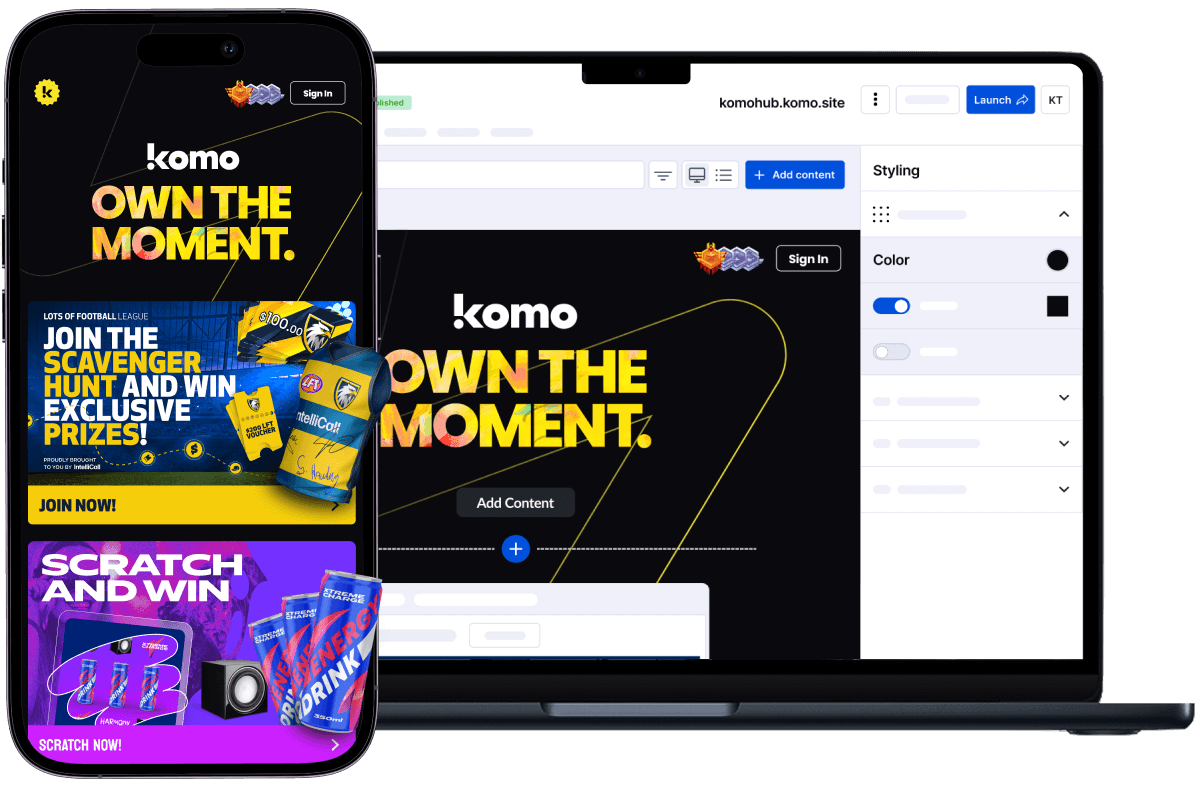New and innovative digital campaigns from brands across the globe raise the bar for marketing strategies everyday, making it imperative for other brands to constantly adapt to the rapidly changing online landscape.
To give you an idea of just how important digital experiences are, a study by Salesforce indicated that a sizable 57% of shoppers switched to competitors because they offered better digital experiences.
With that in mind, it’s essential to create a tailored digital engagement strategy.
What is customer engagement?
Before defining customer engagement down to their metrics, It's important to define it on a strategic level first. A customer engagement strategy is a roadmap for brands to build genuine relationships with their customers, with the intent of capturing customer lifetime value.
Defining customer engagement this way allows marketers to devise their digital customer engagement strategies with a consumer-first mindset. A crucial aspect of relationship building is the use of personalised messaging.
Every touchpoint a brand has with their consumer in their digital journey (e.g. Instagram, Email marketing, branded apps, etc.) can be used to connect on a personal level with their customer be it directly communicating through social media or keeping them emotionally invested through emotional appeals.
A well executed digital consumer engagement strategy yields very obvious results. It increases customer satisfaction which leads to retention and finally, brand loyalty. Having loyal advocates creates trust between brands and customers - trust in the fact that a brand has the customer’s best interests in mind. Besides advocacy, repeat purchases, and potentially positive word-of-mouth marketing, strong brand-customer relationships also serve as a buffer for when mishaps happen (such as when a wrong order is shipped).

However, despite how valuable digital customer engagement is to a brand’s overall marketing mix, executives at the C-suite level may not be entirely convinced of digital engagement strategies and tend to prioritise easily quantifiable, outcome-driven metrics to measure marketing success.
Top-level management buy-in is crucial for engagement strategies at both the online and offline level for an organisation to pivot towards a customer-first mindset. In this guide, we outline four key steps on how to draft an effective customer-centric, results-driven digital customer engagement strategy to enhance your marketing mix.
1. Establish Engagement Goals
Engagement goals serve a small but crucial part of your overall digital marketing strategy. Every brand has a distinct set of engagement metrics that would best define what success in digital customer engagement would mean to them. A good place to start for goal setting includes defining them as short and long-term.
Short-term goals contribute to the success of long-term goals, which are aligned to the overall business goals. For example, a clothing brand may have the short-term engagement goal of improving engagement rate metrics on social media, which contributes to the long-term goal of increasing brand reputation, which in turn creates category dominance and accomplishes the business goal of increasing sales.
Goals set the stage of what and how many touchpoints your brand will utilise, or create, for your customer’s digital engagement journey. However, more touchpoints does not mean better engagement, and a brand should only select the best fit touchpoints for their digital engagement strategy goals.
2. Invest in Focused Targeting
Identifying opportunities along the digital customer journey to create impactful brand experiences goes hand in hand with defining a target audience to communicate with. Ultimately, it’s all about creating personalised customer experiences. Personalised messaging necessitates that brands hone in on thoroughly defining their target persona to ensure that they are communicating in a way their target audience is most receptive to.
Through focused targeting, brands can analyse their target audiences’ decision-making process and tailor their marketing messages and information to specific needs and objections. Personalised communication allows your target customers to thoroughly understand your product’s value proposition and how it satisfies their needs, leading them to make an informed purchase decision.
Focused targeting also requires brands to have accurate and up-to-date insights regarding important aspects of their target audience such as demographics, customer behaviour, and decision-making processes.
Komo’s Engagement Hub provides brands a wide range of customisable and interactive engagement tools that provide valuable insights for brands to understand their target customers on a personal level - fully catered to any brand’s specific market research needs. This additional touchpoint along the online journey also provides an outlet for brands to enhance brand-customer relationships through meaningful audience participation.
3. Lay out the strategy to achieve goals
An obstacle that digital engagement strategies must overcome is the challenge of forming genuine, meaningful connections through digital mediums - which is at the heart of every effective strategy.
As much as 66% of B2B customers expect communication from brands to be carried out on a personal level, with the same percentage of customers wanting to advocate for brands that take initiative to engage them, demonstrating the power of relationship building.
Brands can maximise results by taking a page out of the B2B sales playbook by treating digital engagement strategies as a ‘transfer of enthusiasm’. With customer-centricity in mind, brands can innovate their communications based on insights from their target persona. These insights inform the specific tactics brands can deploy in digitally engaging and communicating with their online community, such as defining a brand personality and selecting the right communication channels.
4. Use Social Listening And Monitoring Analytics
As in offline relationships, online communication is a two-way street. This includes direct communication between your brand and customers, and the conversations between customers about your brand or your industry. Listening and applying feedback allows you to enhance your communication strategy to fully cater it to the preferences of your online audience and identify new opportunities for engagement.
Social listening can be done by monitoring online conversations on social media platforms and drawing common themes on what consumers talk about, such as industry trends or their needs. Besides revamping your current strategy, social listening also allows you to jump in on conversations to directly engage your audience, which is useful in situations such as addressing objections about your brand’s products and services.
Social media analytics also provides brands with a treasure trove of quantifiable data to derive insights from, which is particularly useful in identifying which types of social media content are most appealing and the state of your online engagement strategy. Monitoring social analytics lets your brand take a data-driven approach to increasing engagement rates.

Building top-of-mind brand awareness and brand loyalty can be achieved by engaging in relationship building activities online with customers. This is why a digital engagement strategy forms an integral part of any successful marketing when it comes to building demand for your products and services.
Let Komo be your partner in building meaningful connections with and getting to know your audience
Komo’s platform provides brands with an avenue to interact with their community and gain valuable consumer insights. In addition to understanding your customers through analytics on the platform, this also allows them to get to know your brand and what it stands for through personalised communication with your audience. Establishing this two-way channel to innovatively communicate with your audience provides you a unique opportunity to deliver a tailor-made customer experience, enhancing your overall marketing strategy, and increasing brand-customer engagement rates.
Work with Komo today to find out how to enhance your customer engagement.

-May-24-2021-08-54-43-76-AM.png)

.png)
